专注于SF6气体检测的专业化

What protective measures should be taken during maintenance and testing of sulfur hexafluoride equipment?
Sulfur hexafluoride gas is widely used in high voltage electrical equipment because of its high electrical strength and good thermal stability. The chemical properties of sulfur hexafluoride gas are extremely stable. Pure sulfur hexafluoride gas is non-toxic, but when the high current is broken, due to strong arc discharge, some low fluoride containing sulfur will be produced. These substances have a strong reaction ability, and when there is water and oxygen, they will further react with electrode materials and water, thus decomposing to produce toxic or highly toxic gases.
Sulfur hexafluoride gas and decomposition in electrical equipment react with insulating materials to produce some toxic products. Such as insulating parts with epoxy phenolic glass cloth plate (rod, tube) containing silicon components; Or epoxy resin castable parts, moulded parts and porcelain bottles, silicone rubber, silicone grease with quartz sand and glass as fillers play a chemical role to generate SiF4, Si (CH3) 2F2 and other products. These toxic gases mainly damage the human respiratory system, poisoning will appear similar to the cold, skin allergies, nausea and vomiting, fatigue and other adverse reactions, inhalation of large doses, will appear more serious consequences. Therefore, in the maintenance and testing of sulfur hexafluoride equipment, the following protective measures should be taken:
(1) The work site should be strongly ventilated, and the maintenance personnel should be in an upwind position;
(2) Wear a gas mask and protective gloves;
(3) The discharged gas is recovered, or the gas is discharged into the gutter with a conduit, and it is not suitable to be discharged directly to the atmosphere;
(4) Wash face, neck, arms and hands thoroughly with soap and plenty of water before or after work breaks;
(5) If accidentally exposed to a large dose of gas, should immediately wash, change clothes, and promptly go to the hospital for observation and treatment.

 EN
EN






 上一条:
上一条: 
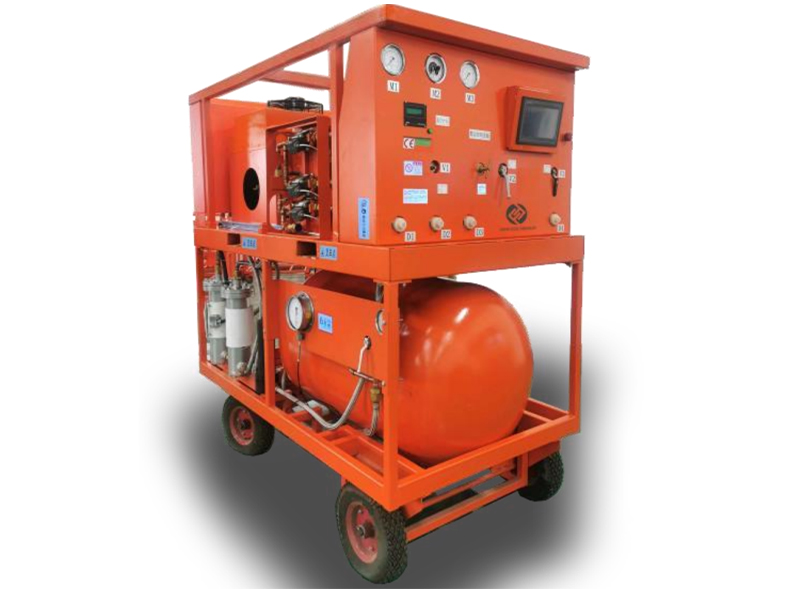
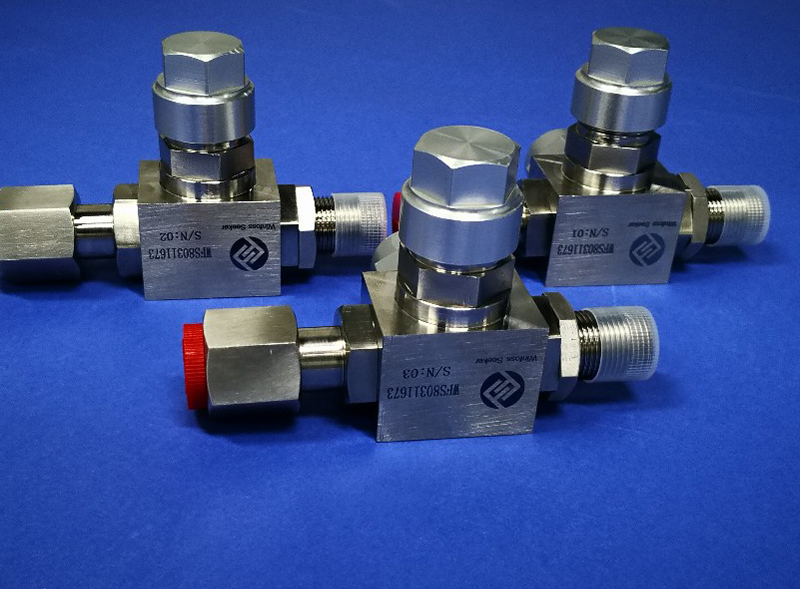
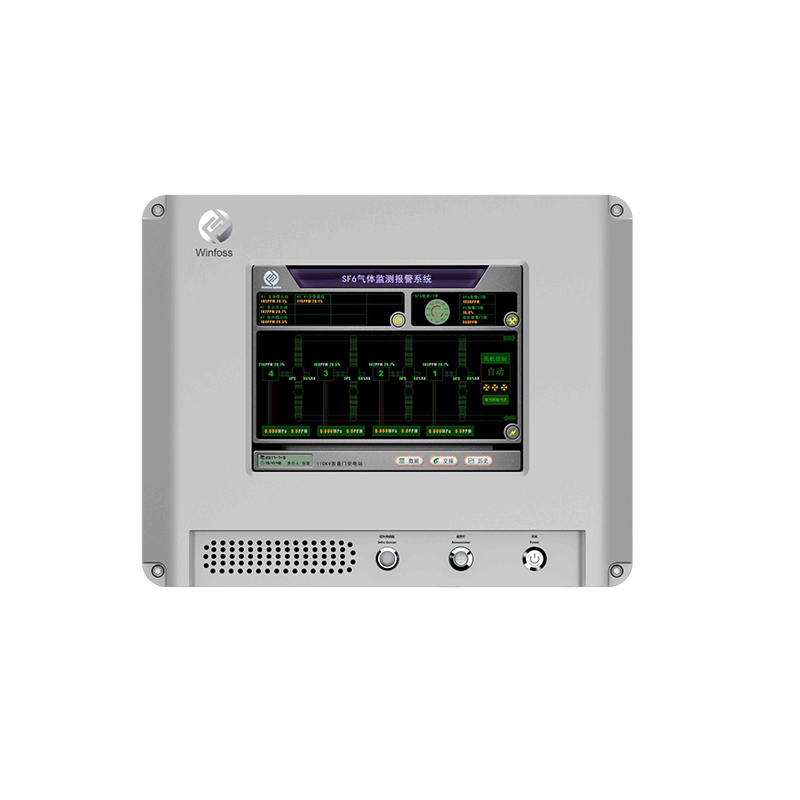
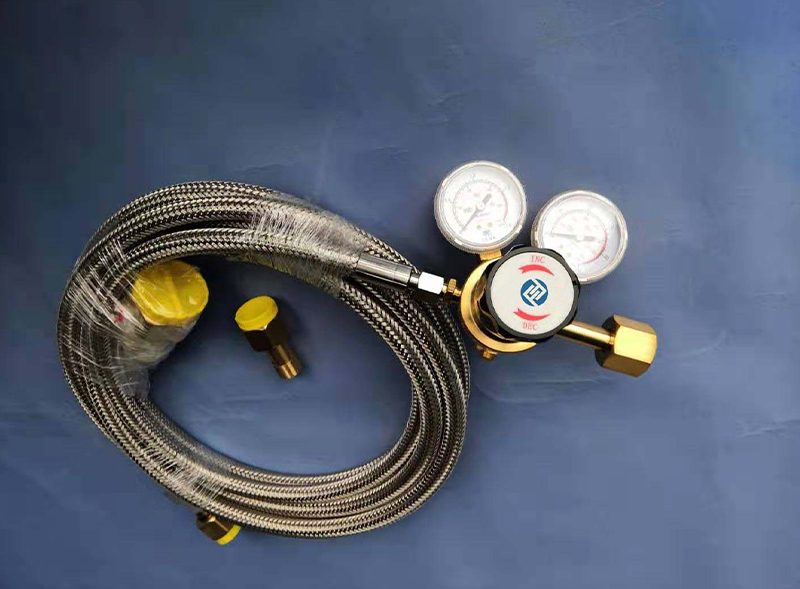
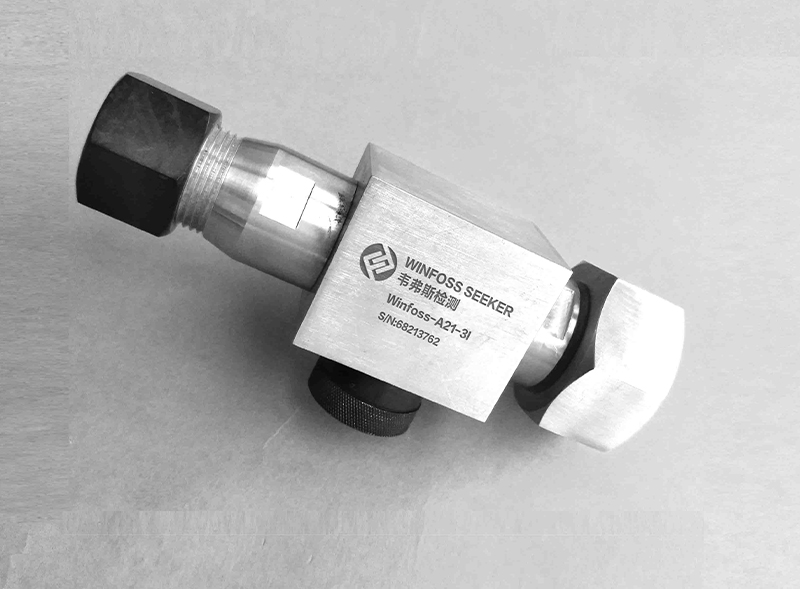
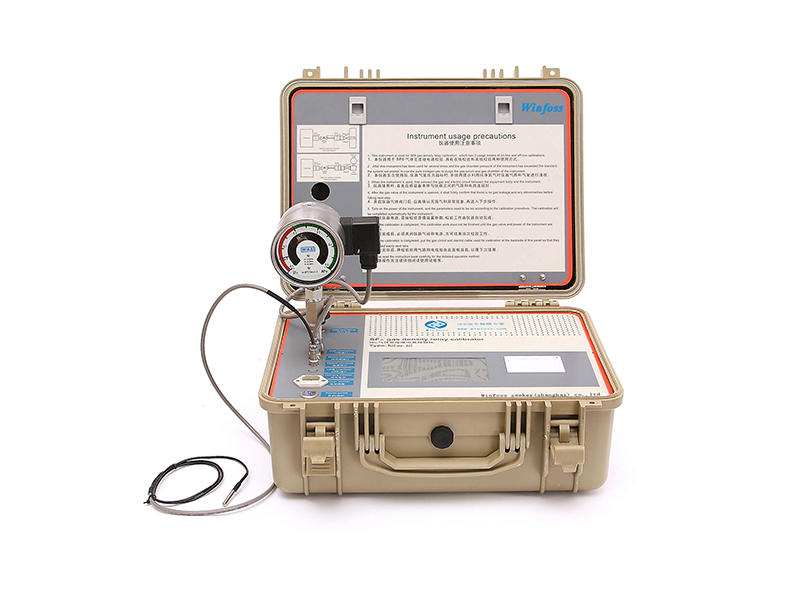
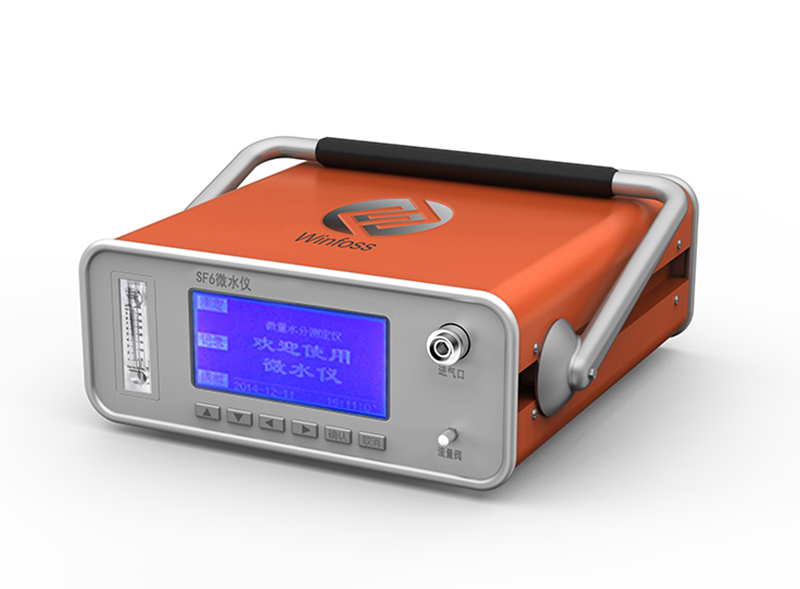
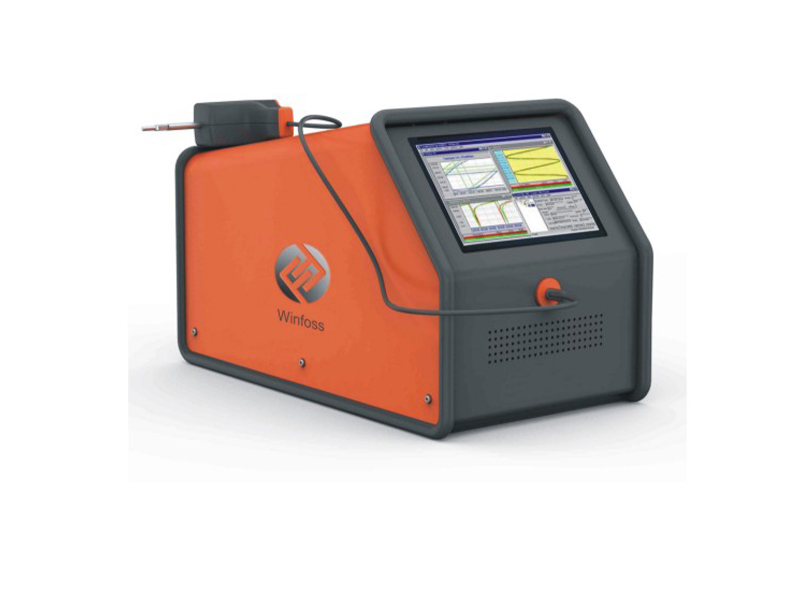

 沪公网安备31011802003762
沪公网安备31011802003762
